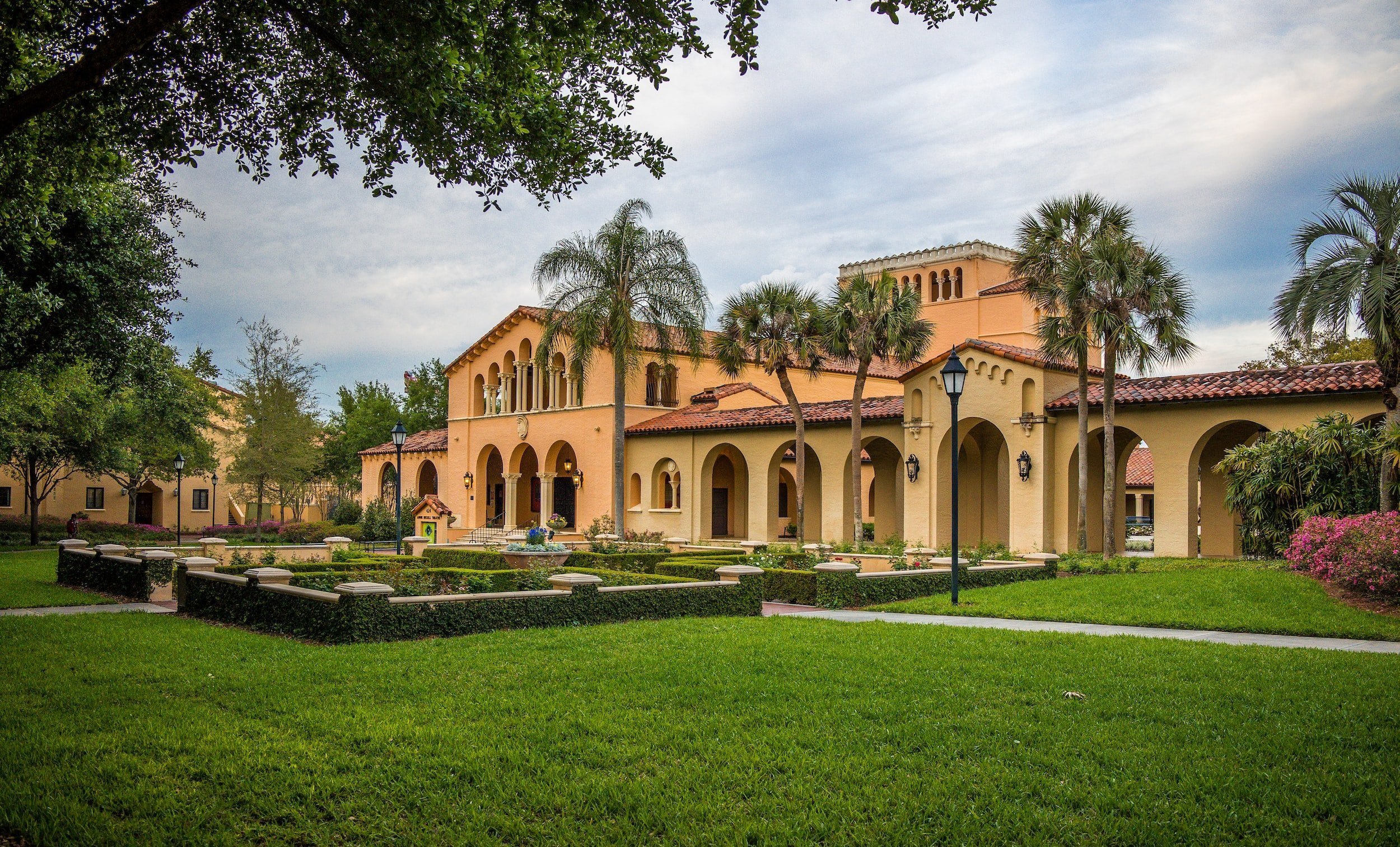Everything You Need to Know About Hacienda Design
From the characteristic white stucco walls to ample use of wood accents, this southwestern US style has been gaining popularity far beyond California and Florida. Famous for its use of natural materials and stylishly cozy vibes, hacienda interior design elements might just be the design tradition that can liven up your home. So, if you plan to remodel or move to a new home, we will present everything you need to know about hacienda design.
Essentially, this style is a unique mixture of various design traditions stemming from Spanish Colonial architecture and its more recent version - the Spanish Colonial Revival. As the name implies, hacienda design has its roots in Spanish and Mexican architecture traditions. However, it made its way into US design over the course of the Spanish colonization of America.
Even though hacienda homes have been the staple of American architecture for almost two centuries, this is in no way an indication that the style is anywhere close to going out of fashion. It typically relies on time-tested design strategies such as combining neutral with warm interior colors and using antique or handmade furniture. Therefore, it has been favored in southern parts of the country as a marker of the region’s history and heritage. In fact, learning about its history and hallmark architectural elements is almost a prerequisite for iterating the style in its rightful form.
THE HISTORY OF HACIENDA DESIGN
Hacienda architecture has its roots in Spain and Mexico, where it originated as an architectural movement characteristic of its traditional building techniques. It is around 400 years old. The first haciendas were homesteads where plantations, farming, and other goods were produced. Hacienda homes were mostly built in southern states like California, Texas, New Mexico, Florida, and Arizona.
This style was preferred by settlers coming from Spain because of the warm and dry climate conditions. Since the climate resembled their native countries, the traditional hacienda style supplied the perfect home-building techniques. Materials common to this building tradition include adobe, a building material made from straw and clay, as well as red clay for roof tiles.
Even though the Spanish Colonial period lasted only until the mid-1800s, it still left a noticeable mark on home-building trends in later periods. Over the course of its development, various regional features emerged as a result of the style’s continuous popularity in the 20th century. Next, we take a look at a couple of must-have hacienda-style elements you can implement into your home.
MOST PROMINENT HACIENDA DESIGN ELEMENTS
When setting down the basis of your interior design, it helps to keep in mind the most prominent elements comprising a hacienda-style home.
Red Clay Roof Tiles
Roof tiles made of red clay covering a low-pitched roof make for one of the most noticeable characteristics of haciendas. If you want to project the genuine hacienda style, then taking handmade roof tiles is a must.
Aside from its warm, pleasant aesthetics, its half-tube shape also has a practical purpose. This shape actually serves to trap cool air so as to make your living space less hot. However, note that clay roofs may give way too leaks in climates that have a lot of precipitation. That is why you should consider installing this kind of roof only if the local climate is predominantly warm and dry.
White Stucco Walls
As we already mentioned, the second feature synonymous with hacienda architecture is the famed white stucco walls. Traditional haciendas were built from adobe as it was readily available in the environment. The thick construction of the walls and the whiteness of the stucco make it ideal protection from the sun throughout the year. Furthermore, the walls prevent the heat from entering the home during the daytime. Still, they also provide heat in the nighttime when they slowly radiate the absorbed warmth.
Rustic Wood Accents
The trademark element of hacienda-inspired interior design is definitely rustic wood structures. Heavy doors made of wood and bare wooden beams are there to show off the organic quality of the style. However, it is not just the structure of the home that should implement wood as its basis. The furniture should also feature wood as it adds warmth and texture to the relatively clean and simple whiteness of the stucco walls.
Therefore, if you plan to renovate your new Texas home before you move in, make sure that both the structure and the furniture capture the essence of hacienda design. Of course, you can hire a professional moving company that will ensure your furniture and decoration reach your new home safely.
Small Windows
Another distinctive feature of hacienda homes is small windows with spindles. This is because the relatively small size of the windows reduces the amount of direct sunlight that enters the living space while still allowing the wind to create a draft in the home. Historical hacienda homes did not have glass windows, but nowadays, glass panes are commonplace.
Courtyards
The courtyard in today’s iterations of the hacienda home may be interior or exterior. Still, traditional homes mostly had an inner courtyard in the center of the home. Next to privacy, the courtyard also contributed to an easier release of smells and heat during cooking. Nowadays, most hacienda homes have a backyard positioned on the side or at the back of the home.
Archways
Most haciendas have simple, clean exterior architecture and design - so only a few subtle decorative elements. Hence, one of the recognizable features of hacienda design is archways for outdoor structures such as hallways and courtyards. This feature adds a rustic but elegant component to the overall architecture. So, most homes that incorporate the hacienda design have always included archways as a basic structural element.
CONCLUSION
Hopefully, this article has helped you grasp everything you need to know about hacienda design. Good luck with designing your future hacienda-style or hacienda-inspired home!




